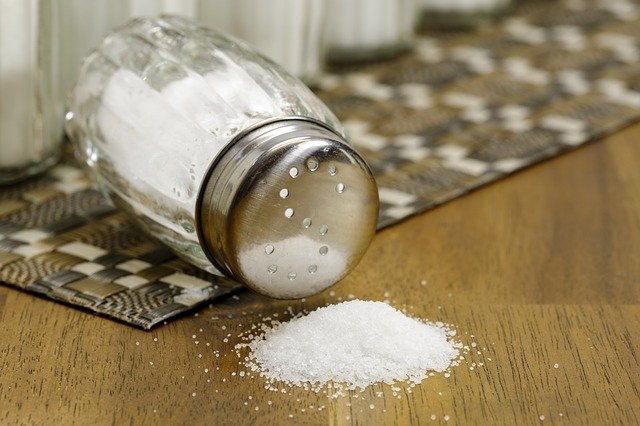Sodium, a crucial mineral, is indispensable for our bodies. It primarily serves as a carrier of electrically charged minerals known as electrolytes within our system. The body employs a complex interplay of mechanisms to regulate sodium levels, ensuring they remain within a normal range. Deviations, either too high or too low, can spell trouble for our health.
Sodium is instrumental in maintaining the distribution of bodily fluids, sustaining cell activity, regulating blood pressure, and facilitating electrical functions. Let’s delve into its multifaceted role.
Fluid Distribution in the Body: As mentioned earlier, sodium atoms carry a potent positive electrical charge in the body. They dissolve in bodily fluids, which are predominantly water. While water is a polar molecule and doesn’t carry a charge, it has distinct negative and positive poles. This allows sodium to move within the body. When sodium levels increase in a tissue, there is a corresponding rise in fluid levels. Sodium plays a critical role in controlling the distribution of fluids within the body, ensuring the proper balance to prevent tissue and cell swelling or shrinkage.
Moreover, sodium’s influence extends to blood pressure. By affecting cell size and regulating sodium concentrations, it contributes to the correct distribution of fluids in tissues, such as blood vessels. Excessive sodium intake leads to an increase in fluid retention, potentially raising blood pressure and causing health issues.
Cellular Function: Sodium is responsible for transporting minerals and various substances in and out of cells. When the concentration of sodium outside a cell surpasses that inside the cell, specialized protein pathways open on the cell’s surface, allowing sodium to flow in. This controlled process enables the movement of other essential substances in and out of the cell.
Electrical Activity: Sodium and potassium jointly create an electrical gradient by flowing in and out of cells. This electrical gradient is vital for the proper function of nerves and muscle tissue, facilitating communication. Nerves rely on the flow of electrolytes to transmit signals, while the heartbeat’s rhythm is maintained through electrolyte flow. Muscles also use this gradient to transmit signals for contraction and relaxation.
In summary, sodium is not just about seasoning your food; it plays a pivotal role in maintaining the body’s overall health and function.
